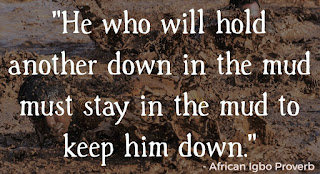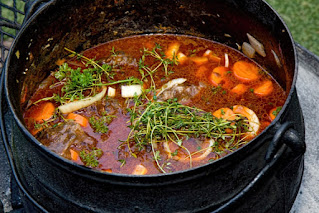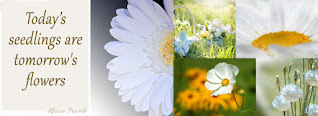Throwing Mud African Proverb

Understand that you are not your past. When someone uses your past against you and enjoys reminding you of your past mistakes, all trust is lost and you cannot tell anything personal to anyone because you feel they will throw it all back in your face. What happened in the past is used to gain power and control over you by blaming and shaming you. Throwing Mud African Igbo Proverb teaches you cannot throw mud and stay clean. He who will hold another down in the mud must stay in the mud to keep him down - African Igbo Proverb Releasing the past and those who trigger the memories associated with it, is a crucial step in moving forward and achieving peace of mind. It allows us to let go of the burden of past mistakes, hurts, and regrets, and focus instead on the present moment and creating a brighter future. By doing so, we are able to release ourselves from the chains that bind us to the past and embrace the endless possibilities that await us. Acceptance is the first step to letting g
 Since 2007
Since 2007











